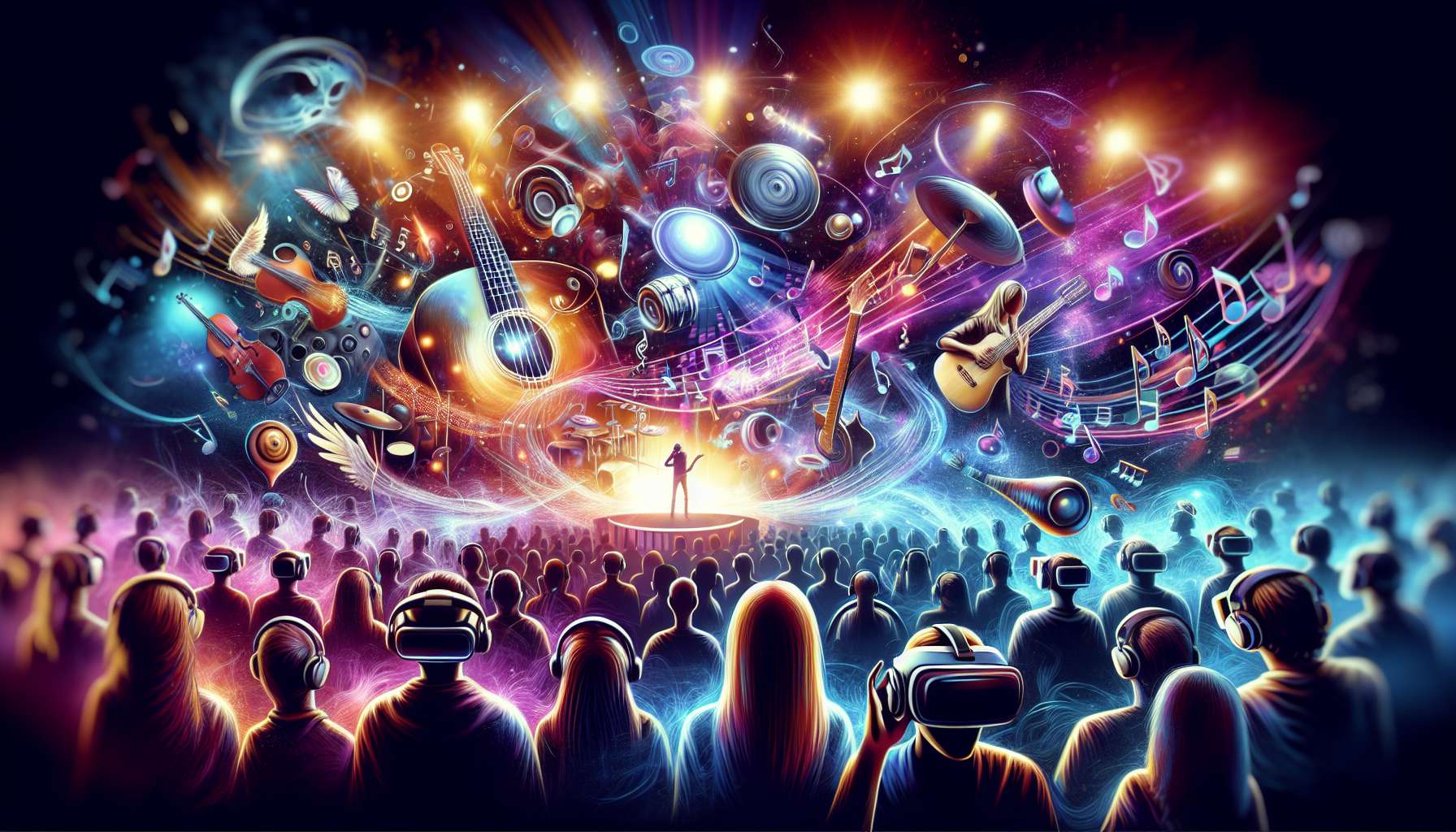Virtual reality (VR) technology has been making significant strides in various industries, and one area where its potential is truly transformative is architecture. Architects and designers are increasingly turning to VR to revolutionize the way they conceptualize, design, and collaborate on projects.
**Enhancing Design Visualization**
One of the key benefits of using VR in architecture is the ability to create immersive and realistic visualizations of architectural designs. By putting on a VR headset, architects can step into a virtual model of a building and explore it from every angle. This not only helps in understanding the spatial layout of the design but also allows for a more intuitive grasp of scale and proportion.
**Collaborative Design in Virtual Spaces**
VR technology enables architects and designers from different locations to come together in a shared virtual space to collaborate on a project in real-time. This collaborative design process breaks down geographical barriers and allows team members to work together as if they were in the same room. By interacting with the virtual model simultaneously, stakeholders can provide feedback, make changes, and iterate on the design efficiently.
**Streamlining Communication**
Traditional design review meetings often involve lengthy discussions and back-and-forth exchanges of feedback. With VR, stakeholders can visually experience the design in a more immersive way, leading to clearer and more effective communication. This visual communication not only enhances understanding but also helps in identifying potential issues early in the design process.
**Improving Client Engagement**
VR technology also plays a crucial role in engaging clients and stakeholders in the design process. By offering clients a virtual walkthrough of the proposed design, architects can provide a more compelling and interactive presentation that allows clients to experience the space before it is built. This immersive experience helps in eliciting feedback and ensuring that the final design meets the client’s expectations.
**Future Implications**
As VR technology continues to evolve, the possibilities for its application in architecture are endless. From simulating natural lighting conditions to testing acoustics and materials, VR offers architects a powerful tool to create more sustainable, efficient, and innovative designs. By embracing VR as a collaborative design platform, architects can unlock new creative possibilities and revolutionize the way buildings are designed and constructed.
In conclusion, virtual reality is reshaping the architecture industry by enabling collaborative design in immersive virtual spaces. By leveraging VR technology, architects can enhance design visualization, streamline communication, improve client engagement, and pave the way for more innovative and sustainable architectural solutions. The future of architecture is virtual, and the possibilities are truly exciting.








